IBM & Wimbledon: Serving tennis with the power of the cloud
IBM has been the technology partner for Wimbledon for 25-years.

Every year since 1990, IBM has bought its A game to Wimbledon, working as the official IT supplier and consultant to the Championships and the All England Lawn Tennis Club. Along the way it's moved from providing scores and statistics to delivering a bewildering range of services. These go all the way from the Wimbledon Information System an on-site resource providing the order of play, player biographies, statistics, archive clips and the latest scores to the Live@Wimbedon broadcast service, delivering live commentary and match coverage of specific games.
IBM provides the SecondSight technology that tracks the speed and direction of players as they move around the court, and SlamTracker's predictive analytics, which track the action point for point and serve for serve, while defining the key factors that might help either player win. IBM has harnessed social sentiment analysis to watch what 240 million people using Twitter are saying about the players and their matches. IBM is behind the Wimbledon iPad app, providing behind-the-scenes info and all the action from the courts. Most importantly, IBM manages Wimbledon.com, the official website of the Championships, and the go-to place for information, match analysis and all the latest Wimbledon news. With over 19 million unique visitors over the Championships' two-week duration, and around 430 million page views, it's a huge undertaking.
IBM can do all this by harnessing the power of the cloud. Using its Softlayer Infrastructure as a Service (IaaS) services, IBM SmartCloud technology and its expertise in cutting-edge hybrid cloud solutions, IBM provides the platform on which some of the most sophisticated IT services in sport can run. This is something IBM was doing even before the cloud was called the cloud'. Journey back 15 years, and IBM was already using virtualisation, automated provisioning and workload management the cornerstones of cloud-computing to power Its Wimbledon services along.
"The promise of cloud has always been computing power on tap, available as and when you need it" says Bill Jinks, Chief Technical Consultant for IBM. "In years gone by our developers would have been worried about the ultimate efficiency of the code and what would happen if another million users turned up and used the website or a mobile channel. Today, at some level, we can take that for granted, because the cloud provides the computing power we need, as and when we need it."
Scaling for Service
In terms of IT, Wimbledon is a huge operation run by a fairly small enterprise, and to host all these services using traditional server infrastructure would be both inefficient and hugely expensive. Wimbledon.com, for example, needs to scale from a light workload running all-year-round to huge peaks of traffic during the Championships, with additional capacity added dynamically to match demand. This happens automatically, with IBM's SmartCloud technology provisioning (and de-provisioning) new virtual servers from the cloud to scale as needed.

This meant that in 2009, when the US Open golf tournament over-ran onto day one of Wimbledon, IBM serving both official websites was still able to keep both websites up and running. "In the old days we would have taken drastic action with the code" says IBM's Bill Jinks. "We would have made pieces of the website disappear to make demand go down." With the cloud, however, things are different. "We had peak demand of one event clashing with peak demand of another, but additional servers could be provisioned within minutes to deal with that demand."
This demand rises year-on-year, but IBM's cloud technology is only getting smarter. Last year IBM introduced social media analytics in the automatic provisioning algorithm, so that the order of play, historical data for player popularity, analysis of the server logs and real-time data from social sentiment analysis could all be used to predict demand and workloads, and provision accordingly. "There were very few times where the webmaster had to intervene and manually provision" says Bill Jinks. "I see that technology making its way back into our solution for other customers."
Serving Mobile and Media
These days serving Wimbledon involves handling a lot of multimedia data, whether it's one and a half million video streams for Live@Wimbledon, or the iPad app, which might see over 350,000 iPads accessing multimedia content at once. IBM uses its own Web content management system (CMS) to deal with these heavy workloads, and this is just one case where a hybrid approach pays off. The CMS runs both in a cloud instance and while the Championships are running - in a physical instance, run on-site. This ensures IBM has the performance it needs to service all those users, combined with the scalability and disaster recovery an event of this size requires.
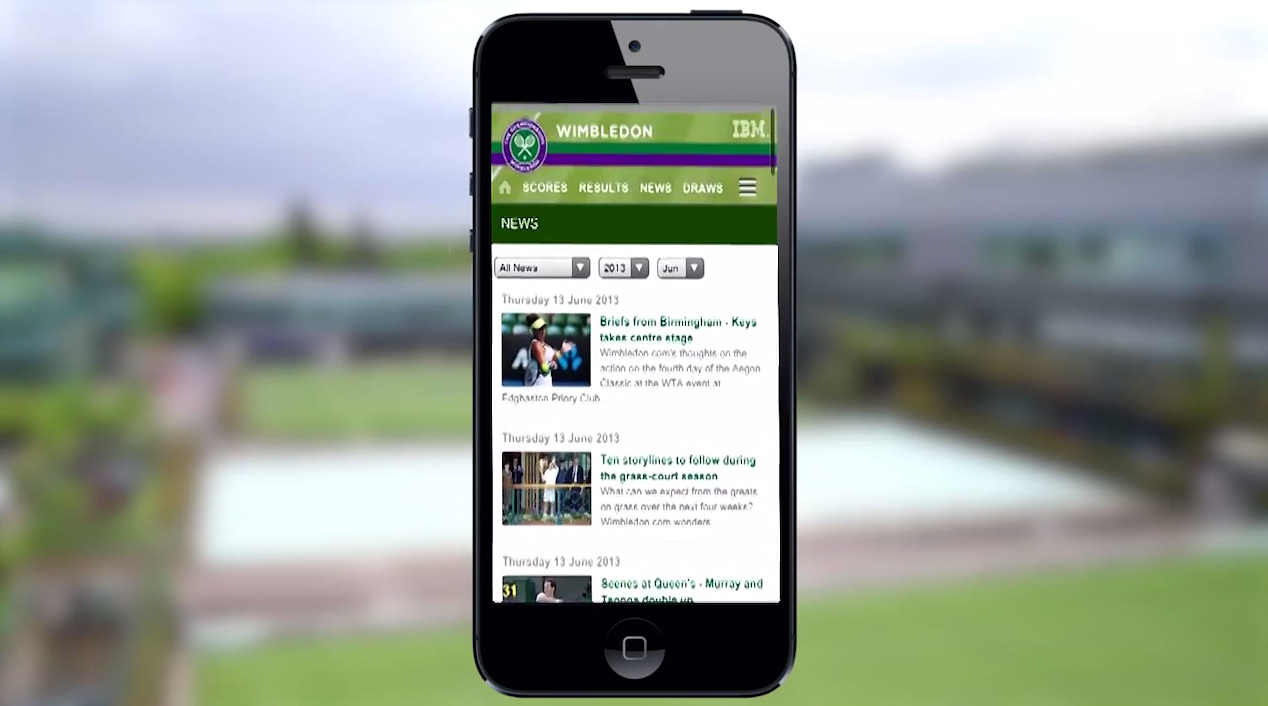
Serving mobile users has only accelerated the growth in media content. "We're now in a place where 55% of the traffic is coming through mobile channels rather than the traditional website" Bill Jinks explains. "With mobile comes social media and multimedia, in terms of videos, photos and things like that. Having the cloud behind me has been key to making that happen."
Freedom to Innovate
To handle all that media, IBM has had to come up with new ways of serving it to different devices on different connections, ensuring that users get a great experience whether they're on a 3G mobile connection or a Wi-Fi connection to a fibre broadband line. The cloud helps empower this kind of innovation. "As cloud is maturing" says Bill Jinks, "people are maturing in their understanding of it. A lot of people came in thinking it was just a simple cost-cutting exercise, but we're showing them it's as much about flexibility and agility, without a large investment."

When IBM wants to introduce new technologies to Wimbledon, it can pilot them on cloud-based infrastructure, build on what works, and de-provision the infrastructure if it doesn't. "We can quickly and cheaply create the environment we need for the pilot, run it, see if it works and as the old adage says fail fast" says Jinks. "We can then turn off the piece of cloud we've provisioned, and we haven't had to make those large upfront investments to make it work." It's this kind of flexibility that makes IBM's cloud a game-changer for enterprise.
The Shots Don't Stop
Most of all, the flexibility and scalability of IBM's hybrid cloud solutions mean that IBM can serve Wimbledon without a hitch, both in the 13 days when demand is at its peak, and in the other 352 days of the year. "The tennis doesn't stop for the technology so you have to keep up" says Jinks. "That means we have to be able to provide the service almost flawlessly for thirteen days." For IBM, this has parallels with any business. Think of a store open all-year-round, but facing huge peaks of demand during the pre-Christmas or Summer sales periods. "The ability to deliver complex digital projects with certainty to a fixed date that's exactly what marketing departments all over the world are asking their technology partners to deliver" Jinks adds. IBM is proud of a 100% availability record over many years, and of the way its hybrid cloud approach keeps Wimbledon online, no matter what.
The technologies IBM deploys at Wimbledon aren't just applicable to the world's greatest lawn tennis championships; they roll out to help businesses of any size and any scope. To find out more about IBM's SmartCloud and SoftLayer services, visit IBM.com.
Get the ITPro daily newsletter
Sign up today and you will receive a free copy of our Future Focus 2025 report - the leading guidance on AI, cybersecurity and other IT challenges as per 700+ senior executives
Stuart has been writing about technology for over 25 years, focusing on PC hardware, enterprise technology, education tech, cloud services and video games. Along the way he’s worked extensively with Windows, MacOS, Linux, Android and Chrome OS devices, and tested everything from laptops to laser printers, graphics cards to gaming headsets.
He’s then written about all this stuff – and more – for outlets, including PC Pro, IT Pro, Expert Reviews and The Sunday Times. He’s also written and edited books on Windows, video games and Scratch programming for younger coders. When he’s not fiddling with tech or playing games, you’ll find him working in the garden, walking, reading or watching films.
You can follow Stuart on Twitter at @SATAndrews.
-
 Bigger salaries, more burnout: Is the CISO role in crisis?
Bigger salaries, more burnout: Is the CISO role in crisis?In-depth CISOs are more stressed than ever before – but why is this and what can be done?
By Kate O'Flaherty Published
-
 Cheap cyber crime kits can be bought on the dark web for less than $25
Cheap cyber crime kits can be bought on the dark web for less than $25News Research from NordVPN shows phishing kits are now widely available on the dark web and via messaging apps like Telegram, and are often selling for less than $25.
By Emma Woollacott Published
-
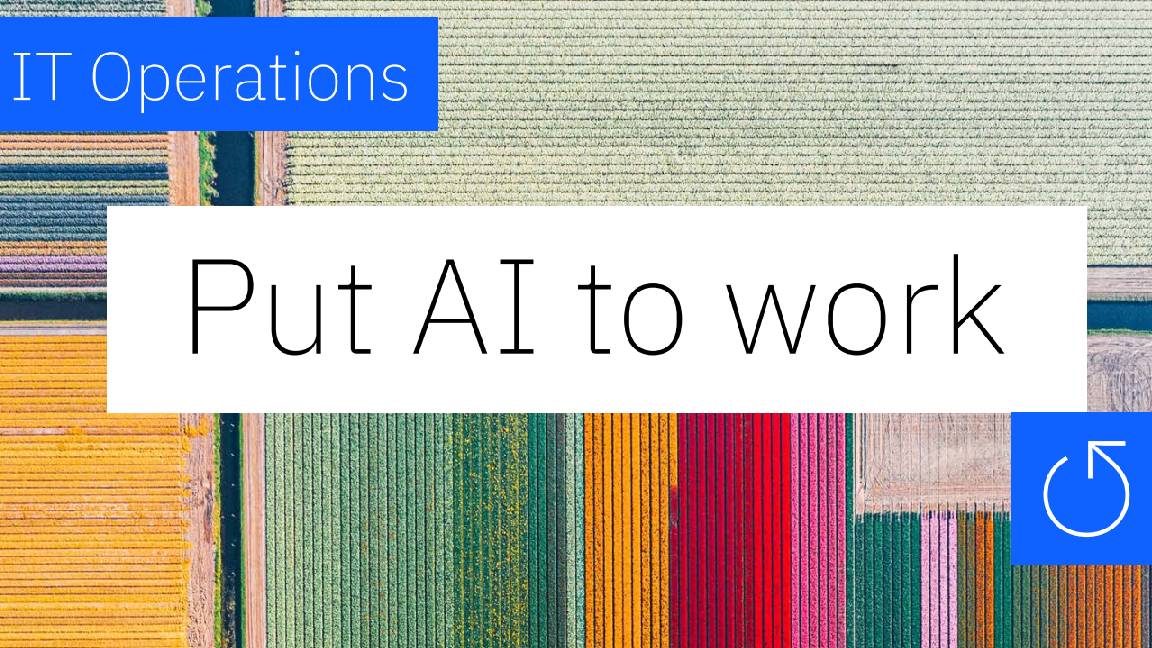 Put AI to work for IT operations
Put AI to work for IT operationswhitepaper Reduce the cost and complexity of managing hybrid applications
By ITPro Published
-
 AI in the retail industry is spreading beyond the IT department
AI in the retail industry is spreading beyond the IT departmentNews AI has become a strategic imperative for retailers, delivering marked productivity gains
By Emma Woollacott Published
-
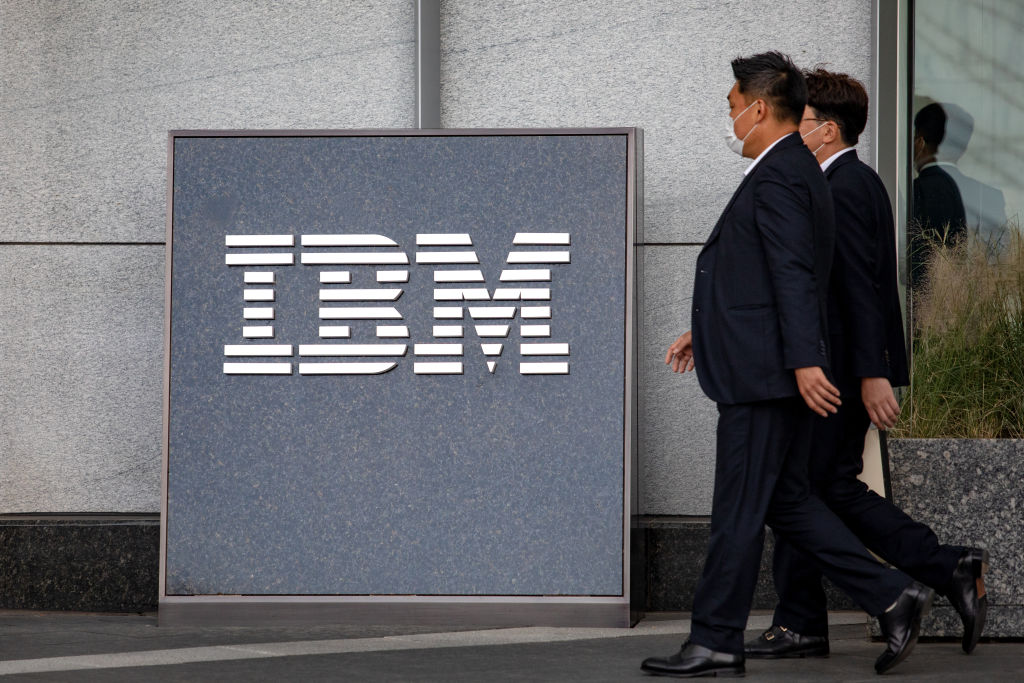 Maximizing contact center operations with generative AI assistants backed by responsible AI principles
Maximizing contact center operations with generative AI assistants backed by responsible AI principleswhitepaper Reduce the cost and complexity of managing hybrid applications
By ITPro Published
-
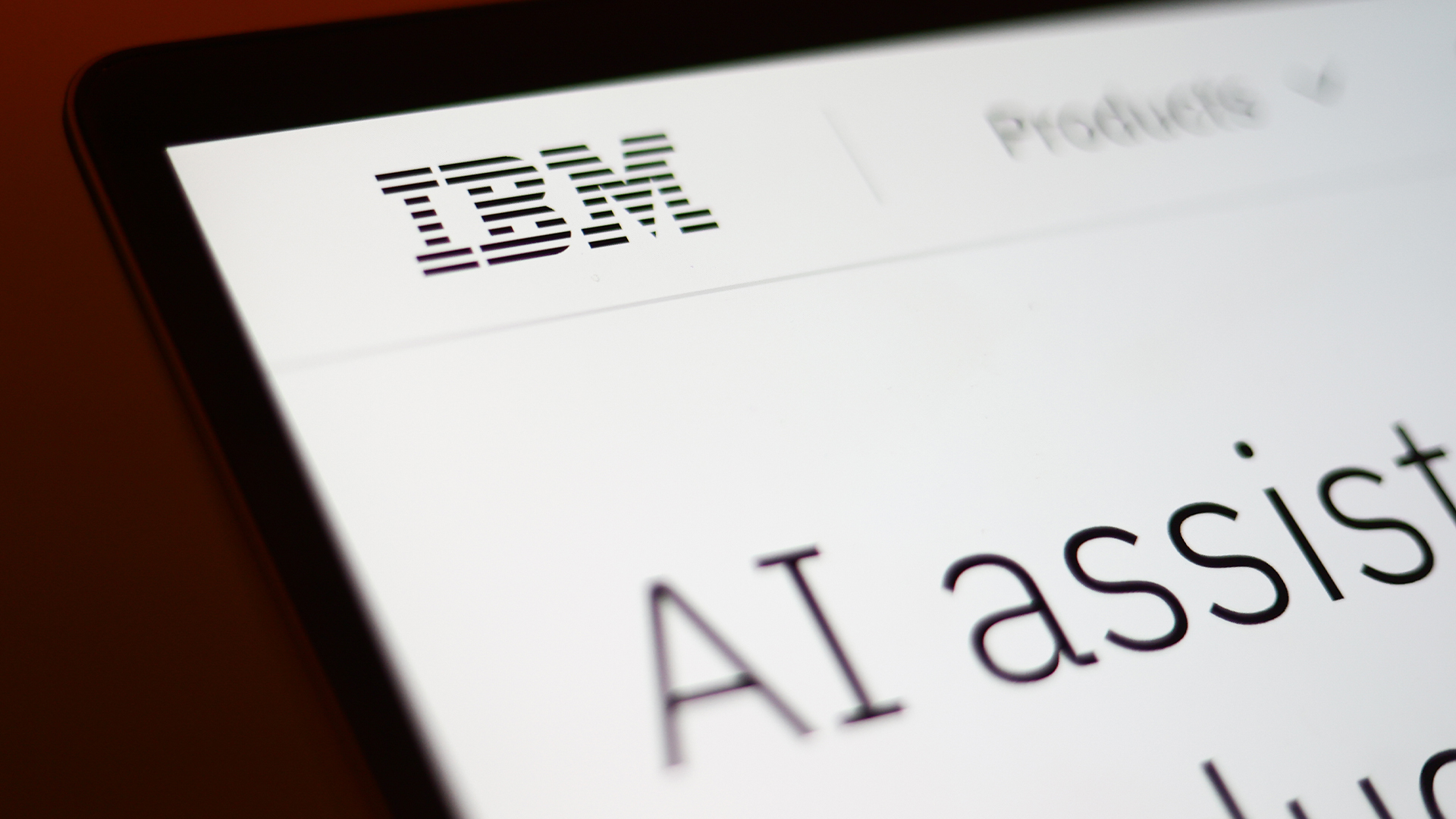 IBM just launched powerful new open source AI models – here’s what you need to know
IBM just launched powerful new open source AI models – here’s what you need to knowNews Available under the Apache 2.0 license, IBM's Granite 3.0 models are trained on enterprise data and can out-perform the competition
By Emma Woollacott Published
-
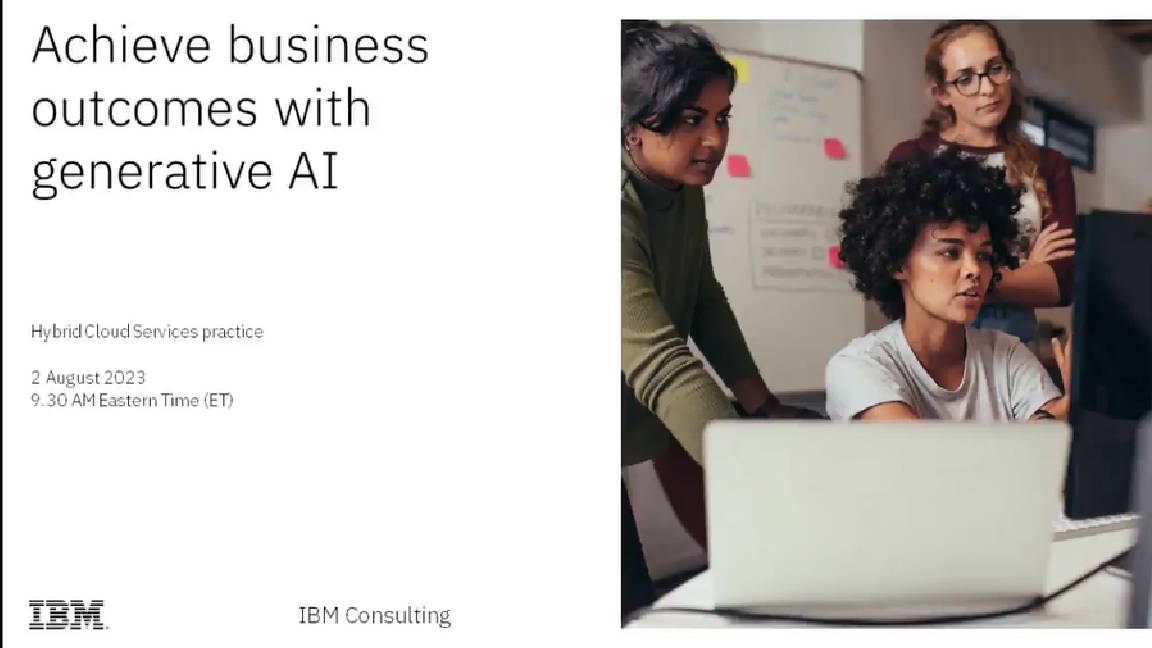 Achieving business outcomes with generative AI
Achieving business outcomes with generative AIWebinar Take your hybrid cloud journey to the next level with generative AI
By ITPro Published
-
 Wimbledon’s new Catch Me Up AI feature promises to keep fans up to date at the tournament – after it irons out some of the wrinkles
Wimbledon’s new Catch Me Up AI feature promises to keep fans up to date at the tournament – after it irons out some of the wrinklesNews The latest feature to come out of IBM’s partnership with Wimbledon will keep fans engaged from the early stages right through to the final with dynamic player insights
By Solomon Klappholz Published
-
 AI demands new ways of data management
AI demands new ways of data managementwhitepaper The data leader’s guide for how to leverage the right databases for applications, analytics and generative AI
By ITPro Last updated
-
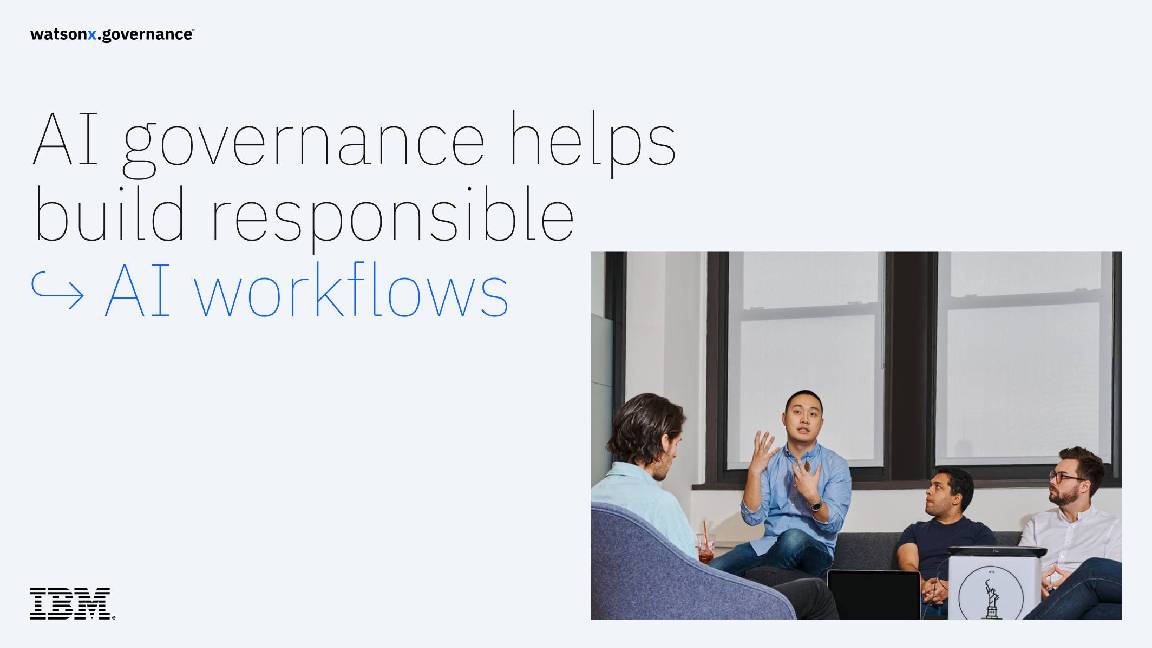 AI governance for responsible transparent and explainable AI workflows
AI governance for responsible transparent and explainable AI workflowswhitepaper Build greater trust in your AI
By ITPro Published
